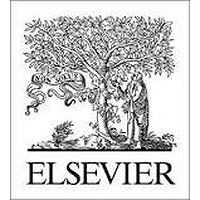Purpose: To evaluate magnetic resonance imaging (MRI) features including tumor-nipple enhancement for predicting nipple-areolar-complex (NAC) involvement in breast cancer.Methods: A total of 249 breast cancer cases with available preoperative MRI data were studied. On MRI, tumor-nipple enhancement was evaluated 2 min (early) and 6 min (delayed) after contrast injection. Asymmetric nipple enhancement, mass size, tumor-nipple distance, presence of nipple discharge, and enhancement type (mass or non-mass enhancement) were evaluated.Results: Of the 249 breast cancers, 24 (9.6%) showed NAC involvement. Early tumor-nipple enhancement was found in 37 (14.9%) cancers and delayed tumor-nipple enhancement in 12 (4.8%) cancers. On comparing early and delayed enhancement, 43.2% (16/37) of early tumor-nipple enhancements showed NAC involvement while 25.0% (3/12) of delayed tumor-nipple enhancements showed NAC involvement (P = 0.323). On multivariate analysis, tumor-nipple enhancement (P = 0.004) and tumor-nipple distance with 2 cm cut-off (P = 0.044) were significant. The area under the receiver-operating-characteristic curve (AUC) of early tumor-nipple enhancement was significantly higher (0.787) than that of delayed tumor-nipple enhancement (0.542, P = 0.001). The AUC was the highest when any kind of tumor-nipple enhancement was combined with a tumor-nipple distance of 1 cm (0.878).Conclusions: Tumor-nipple enhancement and tumor-nipple distance on MRI could predict NAC involvement in breast cancer. When enhancement was evaluated on both early and delayed phase images with a combined tumor-nipple distance of <= 1 cm, the prediction of NAC involvement showed the best performance.

MRI diagnostic features for predicting nipple-areolar-complex involvement in breast cancer
Review badges
0 pre-pub reviews
0 post-pub reviews